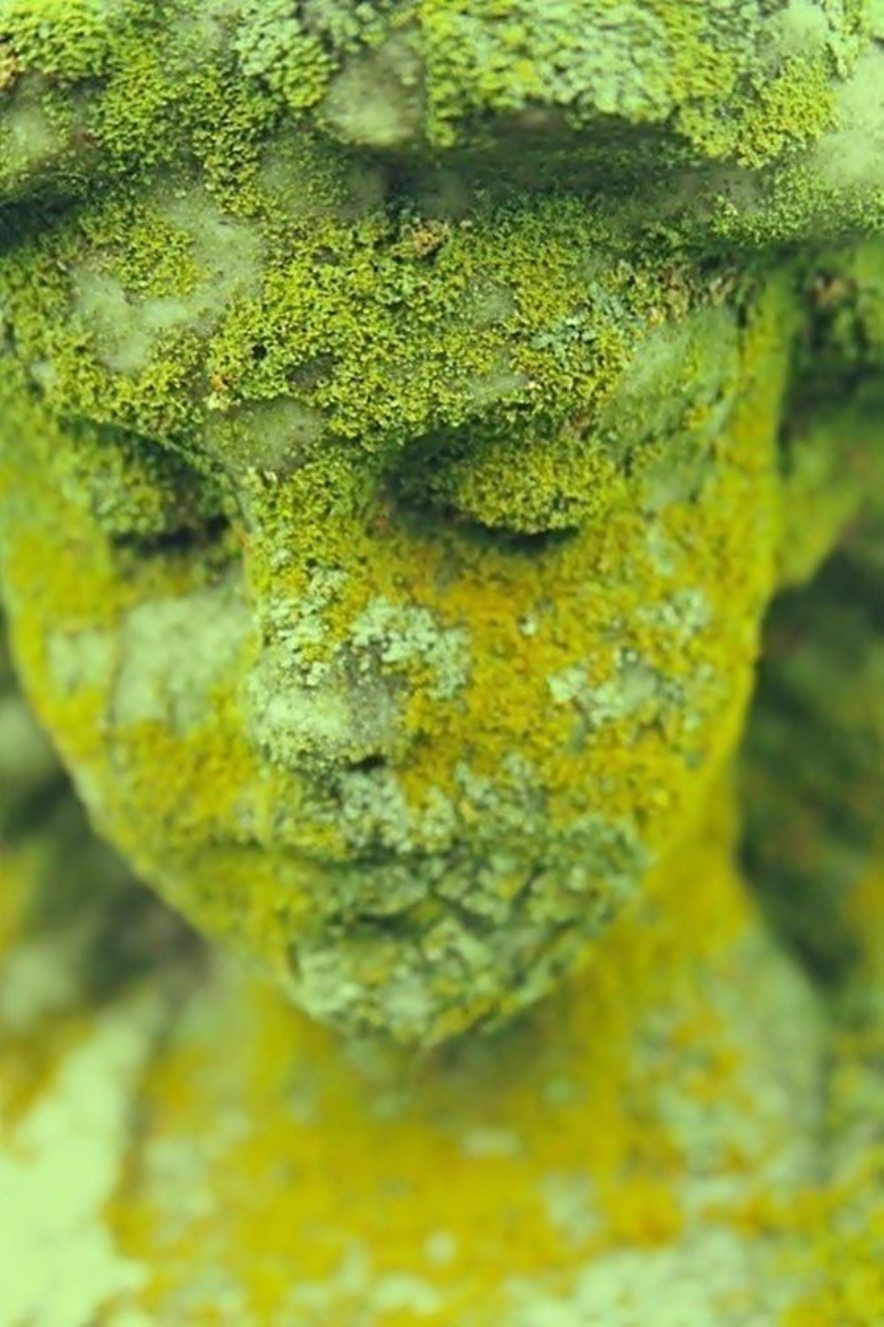Candlemas (Candlemas) is an ancient pagan and Latin festival, which later became a Catholic religious festival corresponding to the Presentation of Jesus at the Temple. Nowadays, we traditionally eat pancakes in a festive atmosphere on Candlemas Day. This festival takes place on February 2, forty days after Christmas. Is this a coincidence? Obviously not.
This forty-day period has two mythological origins: it comes first from Egyptian agriculture where the seed remained forty days in the earth before germinating. The seed in the ground became an allegory of the soul incarnated in matter, the incubation period was therefore transferred to spirituality. The second origin comes from another important gestation period, that of human pregnancy and the forty weeks of the fetus spent in the uterus. Forty days becomes an allegory of the time necessary for incarnation, of the gestation required to give birth to a new consciousness.
The sun, on an astronomical level, resumes its course during the night of December 24 to 25: after 3 days of astronomical immobility from December 21 to 24, the days begin to lengthen again from December 25. But at the beginning the light is very weak, as the divine light is weak within the human being.
Like a baby born in a stable, a divine spark that appears in the heart of darkness, this new birth at the beginning so small and so fragile needs time and care to grow and prosper. Solar consciousness represents our highest potential for spiritualization. From the spark that is born at the bottom of a material world, this portion of divine light will grow for forty days, it will slowly but surely grow in us to become full.
The pancake represents solar fullness, the first stage of deployment of our inner light which will continue until its peak during the summer solstice. The pancake becomes the first unfolding of the sun, the birth of our inner sun that has completed its first complete cycle. From its (re)birth in us on December 25, it has become a complete sun symbolized by a pancake.
The material and spiritual aspects of the human being then find their reflections in the annual course of the sun, in this dance of the solstices and equinoxes, this balance between the length of days and nights, this duality between light and darkness.

